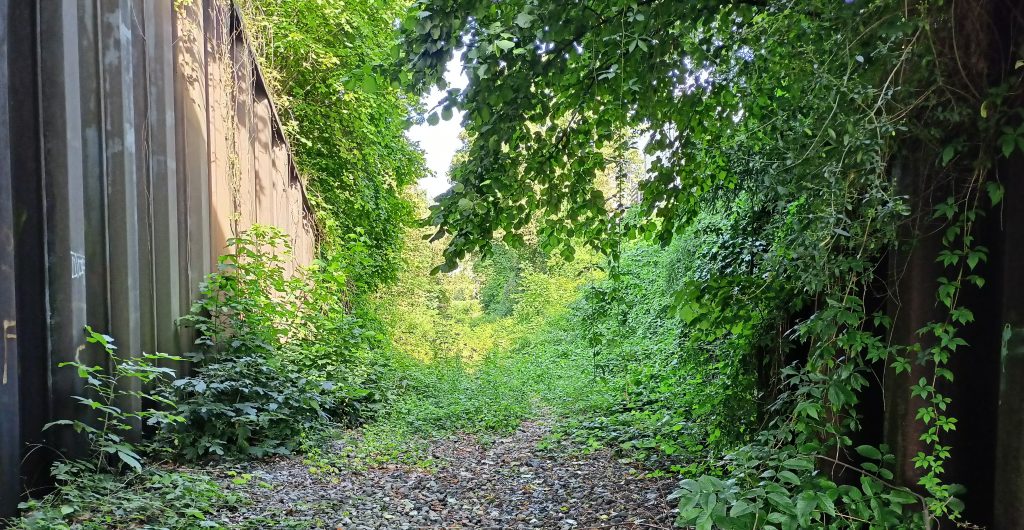Scientists have highlighted for decades that more transport infrastructure will lead to more demand for transport (e.g., see here). The ever-increasing amount of motorised transport, in turn, contributes to the climate crisis. But in the context of transport infrastructure development, another big challenge must be accounted for: Transport poverty. This term is relatively new to both academic and political debates, but it increasingly receives attention. It includes problems of affordability, mobility, and accessibility.
Why study transport infrastructure?
Road over rail
EU-27, Norway, Switzerland, and UK spent € 1.5 trillion between 1995 and 2018 to extend their road infrastructure. This equals 66 % more of their budgets to extend roads than to extend railways (931 billion). Although some components of the EU funds target sustainable transport and mobility, their significance is negligible compared to national priorities.
However, recent data shows that between 2018 and 2021, the gap has decreased to some extent: The studied countries invested 34 % more in expanding roads than railways. Since 1995, Austria, Belgium, and the United Kingdom have invested more in railways than roads. Between 2018 and 2021, Denmark, France, Italy, and Luxembourg began investing more in rail transportation than road transportation. Is this a shift of priorities?
All other countries still prioritise road transportation. It is worth noting that the shift in priorities toward rail transportation appears to be slow. Big European countries such as Germany, Poland, and Spain have not yet redirected their focus towards rail transportation.
More infrastructure creates additional demand
Regional rail infrastructure in decline
High-speed, long-distance railways have expanded in twelve European countries, while regional train networks have been reduced. A total of 13,717 km of passenger train sections have been closed, temporarily or permanently. The largest absolute losses of regional passenger trains occurred in Germany, Poland, and Italy, but smaller countries like Austria, the Baltics, and Portugal also experienced significant closures.
Due to the closure of railway lines, the study estimates a total loss of 2,582 stations and stops in the 30 countries (of which 28 have railways). This number is likely to be higher due to several unknown closures of stations along open railway lines.
Long sections of regional railways in Greece, Hungary, and Portugal are temporarily out of operation. The longer they remain unused, the less likely it is that they will be reopened. The research suggests that 7,263 km of closed railway lines in Europe can be relatively easily reopened. As a silver lining, it appears that the reduction of railway lines has halted and selected lines have resumed service.
Infrastructure for other transport modes
Our study found that since 1995, eight airports have constructed a minimum of one additional runway, and twelve more airports have transitioned from being solely for military use to international civil airports. In addition, numerous airports have invested in runway and terminal expansions.
We did not focus on cycling infrastructure. More research is necessary that explains to what extent certain population groups benefit from a combination of bicycle and rail infrastructure. The European Cyclists’ Federation runs an interesting project that quantifies bicycle infrastructure in Europe. This could be a starting point to investigate which parts of the European population can benefit from such multimodal infrastructure and which can currently not.
What can countries do?
The report provides three policy recommendations for countries that aim to align their transport infrastructure with their environmental and social commitments.
1) Cut budgetary funds earmarked for the expansion of roads/motorways
The decision to extend a motorway is purely political. Allocated budgets will be spent as intended. Tools like cost-benefit analysis or strategic environmental assessment are downstream stages that do rarely alter a political decision made earlier. Countries should consider moratoria to prevent long-term carbon lock-in.
2) Sophisticate tax schemes to reopen regional railway lines
Transport poverty is determined by insufficient levels of mobility, affordability and accessibility. Regional train networks provide mobility, can be kept affordable for everybody, and guarantee accessibility in those (remote) areas they serve. In this regard, society has to find ways to pay for their re-opening.
Some transport taxation schemes assume the principles of “users pay” or “polluters pay”. In addition, society as a whole should fight transport poverty. Some scientists suggest that everyone is entitled to a minimum level of transportation service. If decision makers agree with this suggestion, then appropriate taxation should be developed to accommodate for the cost. That is, an additional principle could be that “society pays to fight transport poverty”.
3) Complement budget shifts with other policies which aim at modal shifts
Finally, these new budgetary priorities should be accompanied by policies that account for the external costs of transport and eliminate environmentally harmful subsidies to make rail transport more affordable in comparison to road and air transportation. Consequently, this will result in an increased demand for rail, leading to higher revenues and the potential for maintenance and passenger comfort enhancements. This again could result in increased demand for railways and higher revenues.
Other regulatory and informative policies are helpful and necessary as well. For instance, current planning cycles and public decision-making processes can significantly delay re-openings of regional trains.


